Some dogs struggle with heat more than others.
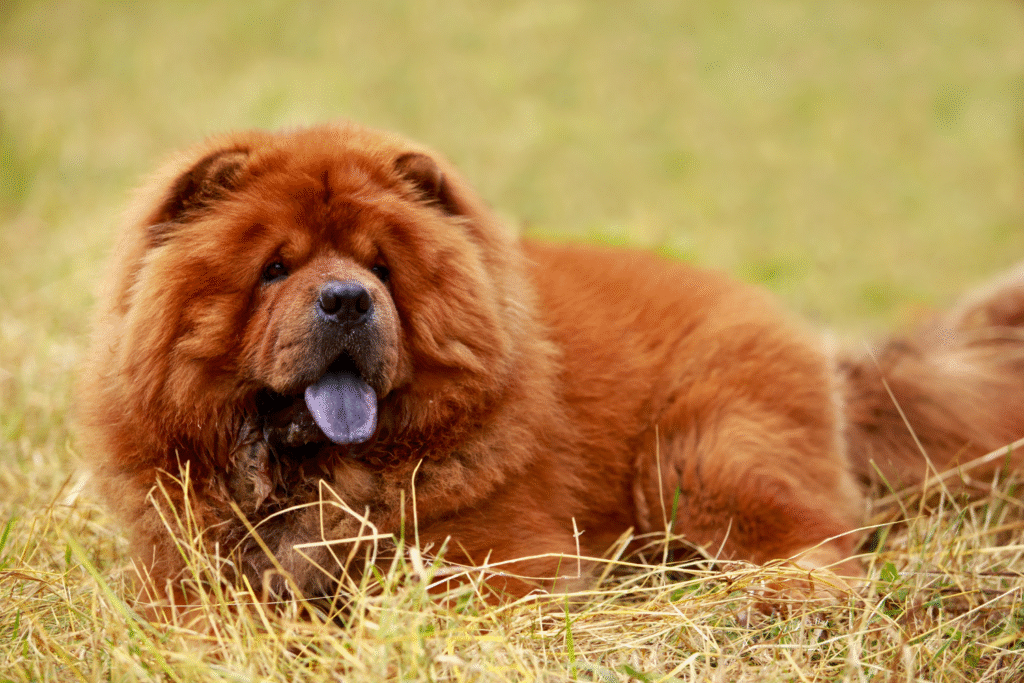
Heatstroke in dogs is not just a summer scare—it’s a real danger woven into their biology, breed traits, and environment. While any dog can overheat, certain breeds are repeatedly flagged in veterinary studies for being more vulnerable, especially in hot or humid conditions. Genetics, body shape, breathing anatomy, coat thickness, and weight all play parts. In the sections below, I walk you through 13 breeds that tend to show up in heat-illness case reports and risk analyses, along with why they’re more at risk and what owners can do to watch for danger.
1. French Bulldogs are vulnerable in everyday heat.
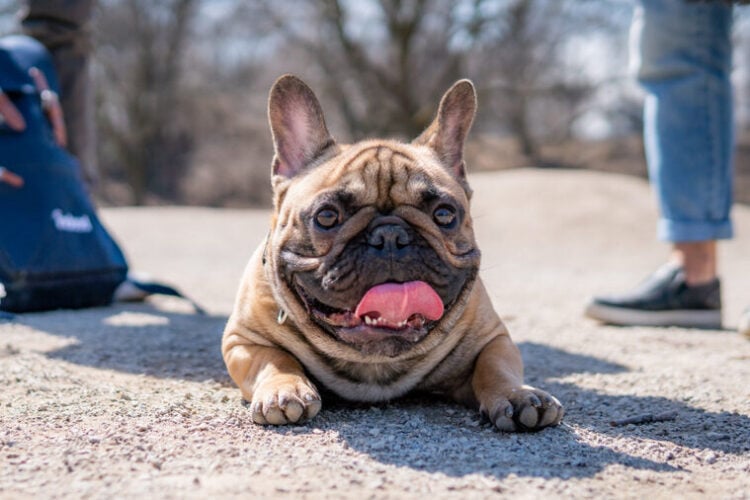
French Bulldogs share much of the same structural risk as English Bulldogs and Pugs. Because their cooling is compromised by short muzzles and narrow airways, they struggle in warm conditions that many other breeds tolerate. Many heatstroke cases in clinics involve Frenchies whose exercise or exposure tipped them over the edge. Owners of this charming, social breed must stay vigilant with water, cooling tactics, rest, and limiting sun exposure.
2. Chow Chows show up disproportionately in heat illness cases.

In a large UK veterinary record study, Chow Chows were one of the breeds with elevated incidence of heat-related illness, according to the VetCompass data set. Their thick double coats trap heat, and heavier body mass makes shedding excess warmth harder. In humid or sunny weather, Chow Chows may overheat faster than leaner, short-haired breeds. Early signs like heavy panting, drooling, or reluctance to move may appear sooner, so owners of this dignified breed must stay especially aware.
3. Pugs often endure dangerous overheating episodes.

Pugs, with their extreme brachycephalic conformation, are frequently encountered in veterinary heatstroke case series. Their short faces, narrowed nostrils, and compressed upper airway amplify the struggle to dissipate heat. One canine welfare study highlighted that flat-faced breeds had several times higher odds of suffering heat-related illness than normal-muzzled dogs. For Pug owners, any warm day becomes risky—and lapses in shade, water, or rest can push them past their tipping point.
4. Newfoundlands can overheat because of their size and coat.

These gentle giants carry heavy bodies and thick, water-resistant coats. In warm climates or during exertion, they retain heat and struggle to cool down effectively. A Newfoundland’s mass means more internal heat to manage, and in a hot, humid setting, their cooling systems can be overwhelmed. Their temperament often means they don’t push themselves, which helps—but even slow movement in sun or heat can stress their system. Owners should schedule walks in the coolest parts of the day and watch closely for early signs.
5. Pomeranians face risk due to dense fur and small size.
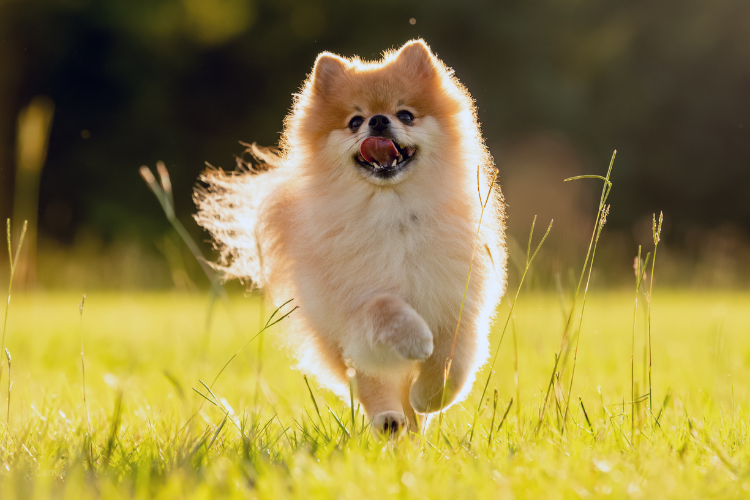
Pomeranians wear a plush double coat that traps warmth close to the skin. Though small, their insulation works against them in heat waves. Their tiny bodies may reach dangerously high internal temperatures quickly, especially when the ambient air is hot and humidity is high. Because these dogs can’t shed heat easily through panting when the environmental conditions are poor, owners ought to limit exertion, ensure shade, and monitor them closely—even inside on warm days.
6. Staffordshire Bull Terriers sometimes appear in heat illness studies.

In the same VetCompass UK data, Staffordshire Bull Terriers showed a higher risk of heat-related events than average when exercise was a trigger. Their muscular builds and tendency for intense activity increase internal heat production quickly. While their shorter coat helps somewhat, the metabolic heat from exertion can overwhelm their ability to cool down. For these energetic dogs, pacing, rest breaks, and access to shade and water are key strategies to prevent overheating.
7. English Bulldogs carry compounded risk.
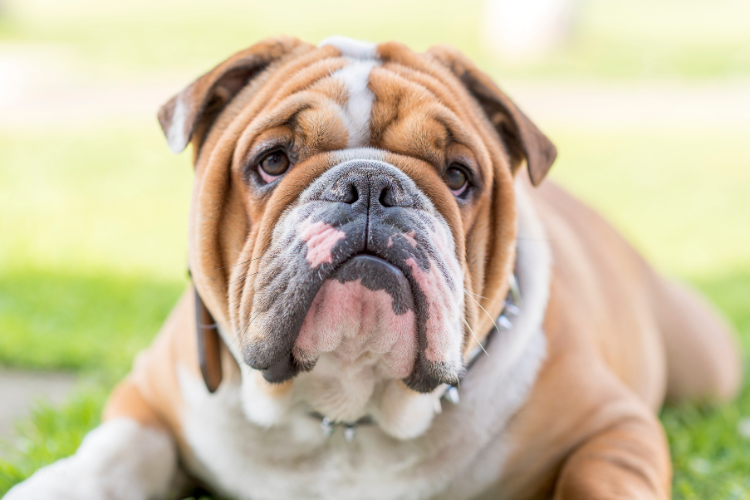
English Bulldogs combine the challenges of brachycephaly, extra bodyweight, and sometimes underlying respiratory issues. Their breathing anatomy is already compromised, so when heat or humidity rises, they reach distress faster. Studies focused on heat-illness repeatedly single out this breed. Even mild exertion can push them into dangerous territory. Bulldog owners must be especially cautious, avoiding hot surfaces, limiting exposure, and intervening early at any sign of struggle.
9. Greyhounds can overheat during fast bursts of running.

Though lean and built for speed, Greyhounds generate tremendous metabolic heat when sprinting. Their low fat and fine coat sometimes help them release heat, but in warm conditions the margin is narrow. If they sprint during midday heat or on a warm surface, the heat buildup may outrun their cooling capacity. Owners should restrict intense activity to cooler hours and avoid pavement that leaks back heat. Monitoring breathing and body temperature in warm climates becomes even more important.
10. Cavalier King Charles Spaniels may struggle with heart and heat.

While not always flagged first in heatstroke studies, Cavaliers often live with cardiac or respiratory vulnerabilities, making them less resilient under heat stress. Their moderate coats and gentle build give them less buffer when conditions climb. If ambient temperature and humidity rise, they may reach distress earlier than sturdier breeds. Careful pacing, shade, and observation become especially important for them in warm weather.
11. English Springer Spaniels appear in risk reports.
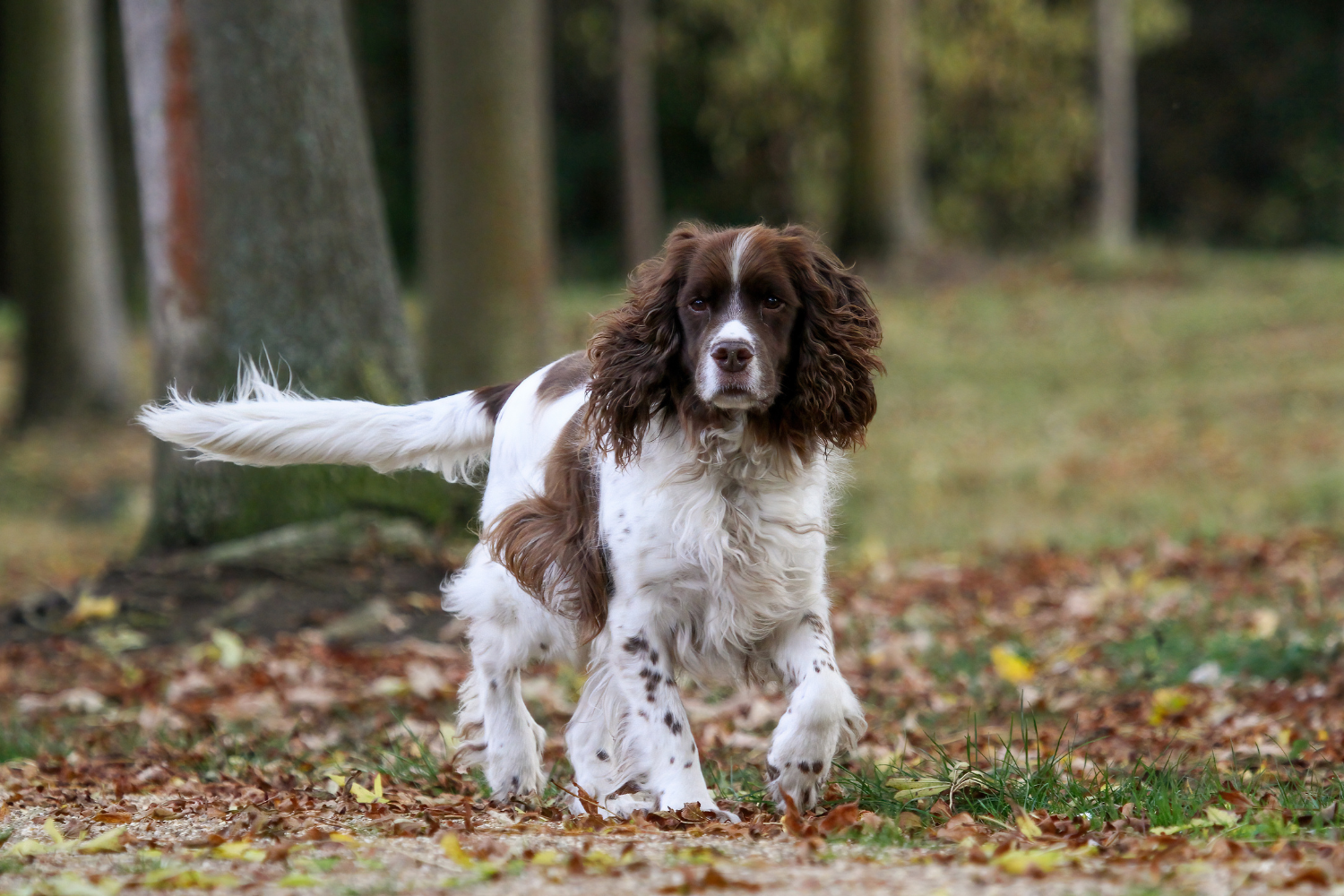
This active breed was among those cited in heat-illness datasets linked to exercise triggers. Their stamina and willingness to run mean they may push too far when conditions aren’t ideal. Their medium-length coat offers some protection but doesn’t excuse overexertion. Owners walking or retrieving with them on warm days should scale back intensity and duration, watch for panting escalation, and bring cooling tools along.
12. Dogue de Bordeaux faces risk from size and respiration.

The Dogue de Bordeaux is massive, and many individuals carry extra weight. With their heavy build plus occasional breathing challenges, the balance between heat production and cooling is fragile. On hot days, especially with even light exertion, they may overheat faster than smaller or more efficient breeds. Because of that, walks might need to be short, shade frequent, and monitoring unrelenting.
13. Labrador Retrievers aren’t exempt in heat.

Black or chocolate Labs in summer conditions can absorb heat from coat color and dense fur. Their muscular bodies also generate internal heat during effort. In some case series of heatstroke, retriever types were overrepresented compared to lighter, sparser-coated breeds. Given their energetic nature and love of water or splash play, owners should remain mindful that fun in sun can tip into danger without hydration or rest breaks.
